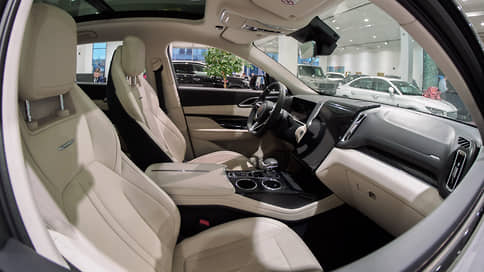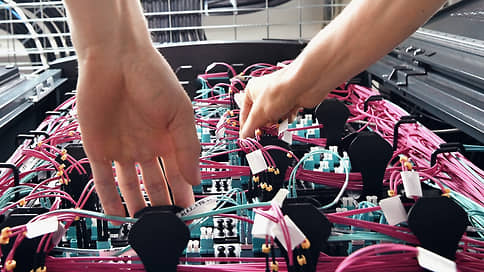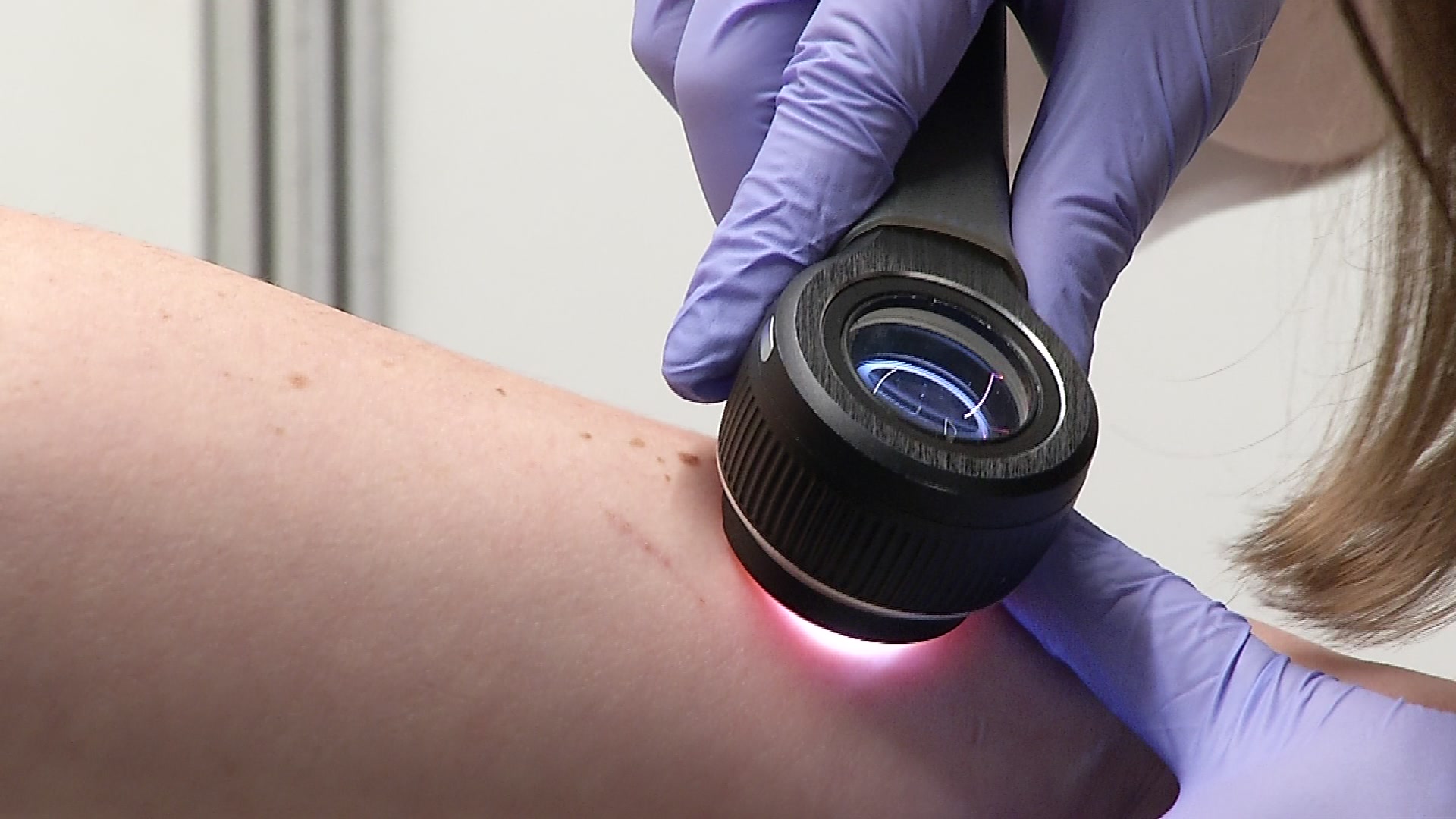Car loan rates continue to decline

In April, the rate on car loans for new cars decreased to 17% per annum, a minimum in a year and a half. The decline occurs for the sixth month in a row. At the same time, the rates on b/u cars are kept in the region of 28% per annum. One of the reasons is subsidizing from the state and foreign car manufacturers. However, experts do not expect a significant decrease in bets until the end of the year, mainly due to unsatisfied demand.
According to the United Credit Bureau (OKB), in April, the weighted average rate on loans for new vehicles dropped to 17% per annum, a minimum since October 2023. A confident decline occurs for the fifth month in a row, during which time the rate decreased by 4.4 percentage points (items). At the same time, the average rate remains high – more than 28% per annum in the test segment with mileage (for three months, only 1.2 p.).
The bets on new cars are influenced by promotional and preferential programs for sales support by Chinese manufacturers, as well as the share of these sales in the market, said Yegor Lopatin, director of the group of financial institutions of the NCR Agency. So, according to Avtostat Info, in the first quarter to sell Chinese brands, 54% of the new car market accounted for. At the same time, Chinese automakers within the framework of special credit programs can be significantly lower than key (21%). In addition, a preferential state program applies to domestic cars. In Uralsib, according to the state program of preferential car loan, the average rate is 21.9% per annum.
Market rates on loans for new cars are also reduced. So, in “Uralsib” in May, the minimum accessible rate for standard programs reached 25% per annum, which is 3 p. Below than at the beginning of the year. In the Absolute Bank, the total decrease in loans for the purchase of new cars occurred in February and amounted to 2.7 p.
236.4 billion rubles
It compiled the volume of car loans issued in the Russian Federation following the first quarter of 2025, which is 57.8% less than a year earlier, according to NBBA.
At the same time, in the used segment, the bets and PSK are determined by the key rate and expectations of banks in relation to its further dynamics, Yegor Lopatin believes. According to the OKB, despite the high rate, the fraction of a car with a total of excuses remains stable (34% in April 2025, in the last two years it was 37%). The representative of the Fintekh Companies “Balance Platform”, Alexei Borodavin, connects this “with a lower cost of mileage cars, the presence of greater choice, including brands that are not officially sold with us, and the size of the market itself”. According to Avtostat Info, in April 2024, the volume of sales of new cars amounted to a little more than 100 thousand pieces, while used car – 532 thousand units.
The reduction in the rate is due to a decrease in the cost of attracting resources from the market, experts note, but this will not have a negative effect on banks. “High rates are higher risks for the bank, so lenders are interested in improving the availability of lending and, if such an opportunity arises, reduce rates,” said Vitaly Kostyukevich, director of the Retail Bank retail product department. “During a period of reducing the cost of money, banks can shift a decline to client rates with a small lag, thereby increasing the profitability of this business reference,” said Alexei Borodavin.
At the same time, experts do not expect a significant reduction in car loan rates this year.
“First, the deferred demand that is now simply cut off based on the extremely high debt load of potential borrowers at the current cost of funding of banks and a fair risk award,” said Yuri Belikov, managing director of the expert RA rating agency.
However, according to Alexei Borogavin, a slight decrease in bets (by 1-3 p.) Will be associated both with the cooling of the Russian economy and, in particular, “with the subsidence of the retail lending segment” compared to last year, and with the probable expansion of state support and continuing the subsidy of bets on new car manufacturers. In addition, marketing offers from dealers and auto -brands, which now have large volumes of non -distributed warehouses, will contribute to this, he notes. So, at the beginning of May, the volume of warehouses was estimated at 500 thousand pieces (see “Kommersant” of May 7).







